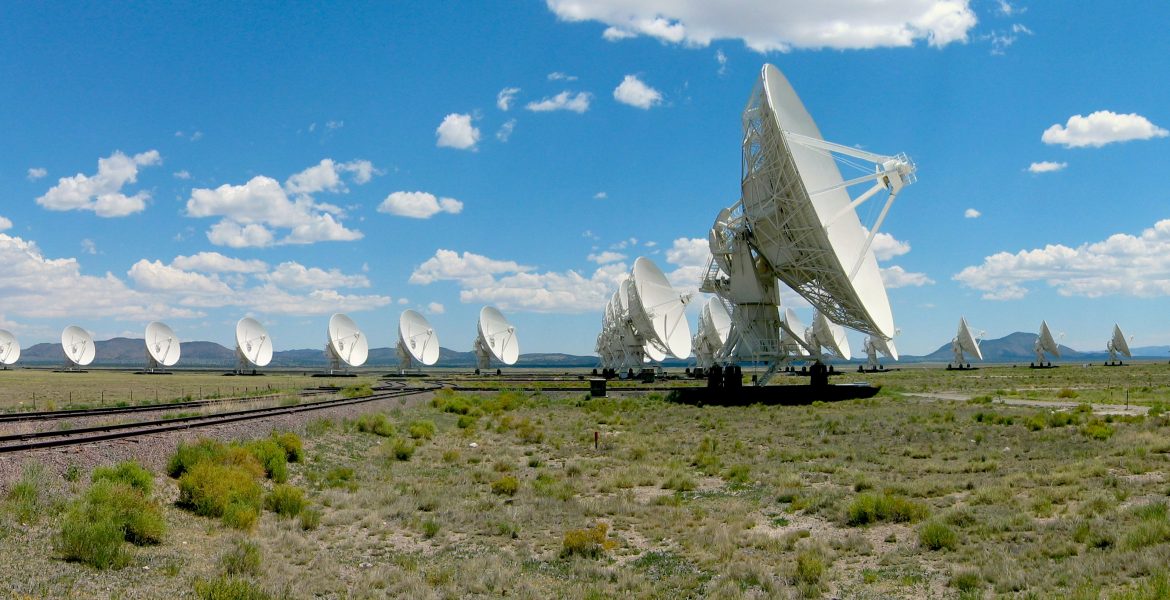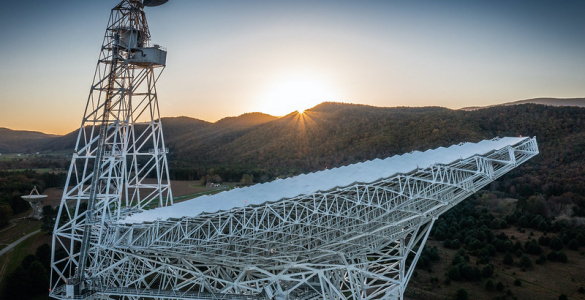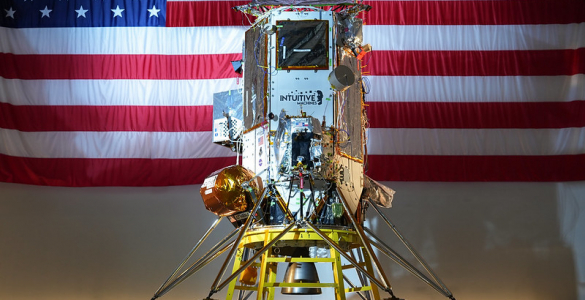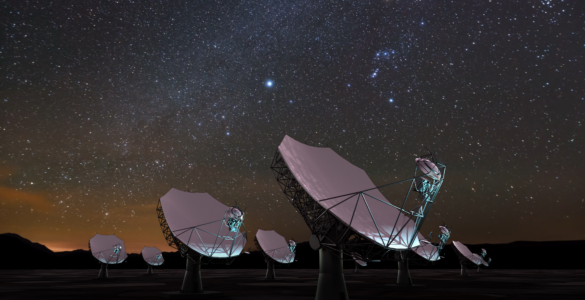In the 1997 movie Contact, Ellie Arroway is a young radio astronomer played by Jodie Foster. Ellie’s on a mission to discover alien life, and in one famous scene filmed at the Very Large Array, she sits at the edge of the observatory, listening to the radio sounds of the sky with antenna dishes in the background. It’s a wonderful cinematic moment highlighting Ellie’s lonely search for truth and has become so iconic that many visitors to the VLA take “that shot” of themselves wearing headphones in front of a radio dish. But as beautifully poetic as the scene is, it is Hollywood magic, not hard science. The radio signals from Ellie’s headphones and computer would interfere with the observatory’s sensitive equipment and radio astronomers don’t listen to the sky.
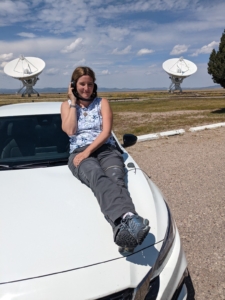
The idea that radio astronomers listen to celestial objects is perhaps the biggest misconception in radio astronomy. And to some degree it’s understandable. People listen to the radio all the time, so surely radio astronomers must do the same. But the sounds we hear on the radio aren’t the sounds of radio itself. They are converted from electrical signals. Sound waves require a medium such as air to travel through, and since space is essentially a vacuum, sounds can’t travel through space. If astronomers did listen to the sky, all they would hear is silence.
Radio is a form of light. It’s just like visible light, but with a much longer wavelength. While visible light has a wavelength on the scale of atoms, radio light has wavelengths ranging from about the thickness of a pencil lead to more than the length of a bus.
Because radio wavelengths are on the human scale, the technology of radio astronomy is often very different from that of optical astronomy. There are broad similarities. Both optical and radio astronomy use reflective surfaces to focus light onto a detector or receiver, which then converts the light into a digital signal. Astronomers can then use this digital signal to create astronomical images. But because radio wavelengths are so much longer than visible wavelengths, we have to achieve this feat in different ways.
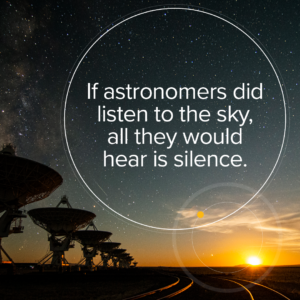
One key factor is the size of the reflector. Generally, the larger your reflector or mirror, the more light you can focus and the sharper and brighter your image. This is why the best optical telescopes have mirrors several meters in diameter. But the size of your reflector must scale to that of your wavelength. Since radio waves are thousands of times longer than visible waves, a radio telescope mirror would need to be larger than Manhattan. That isn’t something we can build, so instead, we create arrays of smaller dishes. Each antenna dish acts like a piece of a larger mirror. Astronomers can then simulate a city-wide dish by combining data from the array of smaller dishes.
Another factor is that radio light is often much fainter than visible light, and there are many things that create radio light. This means that radio telescopes need to be protected from everyday objects such as cell phones and computer equipment that emit radio light. The antenna receivers must also be extremely cold. Objects at room temperature emit lots of faint radio light which can affect the accuracy of observational data, so the receivers and other electronics of a radio telescope must be supercooled to convert radio light into a digital signal.
Of course, once astronomers have their data, they can always convert that data into sound. This is most famously done with pulsars, where the electric bursts of energy from a neutron star are converted to audible pops. Astronomers have also converted phenomena such as the turbulent aurora of Jupiter, or the wail of a distant nebula. These sounds can give us an emotional connection to the cosmos, but just like the scene from Contact, they are merely a poetic interpretation of the radio light we capture.






